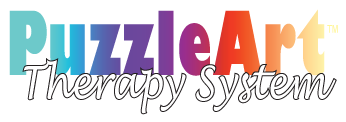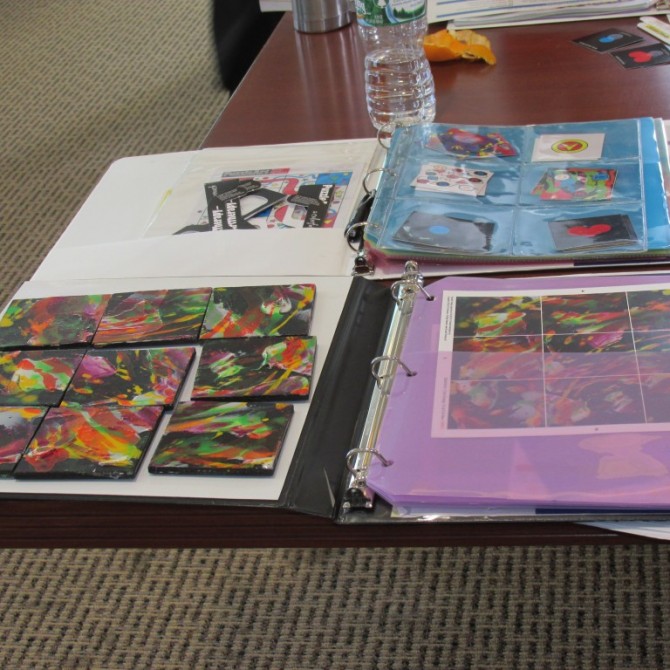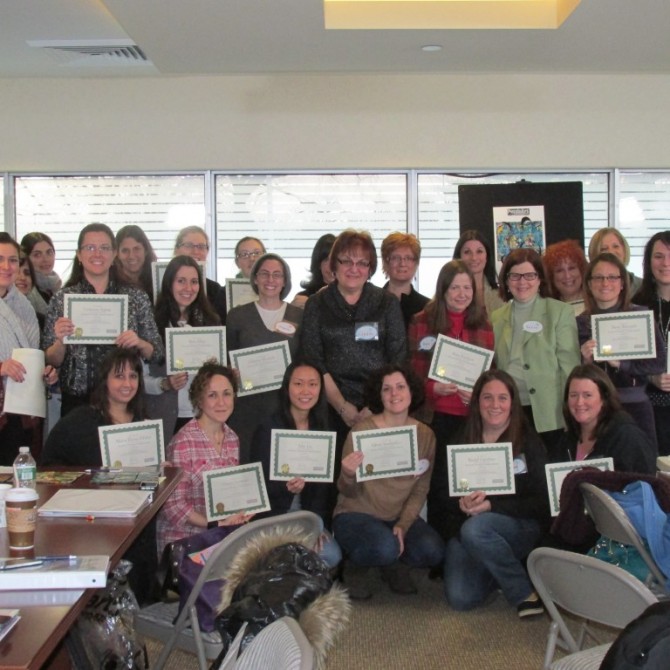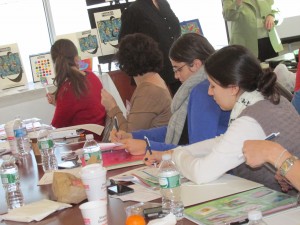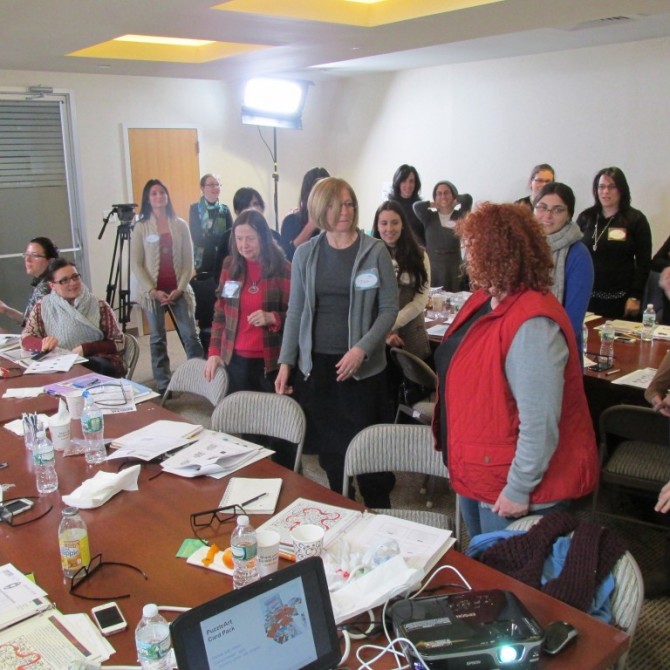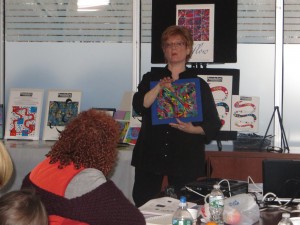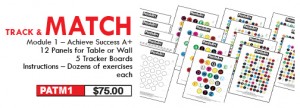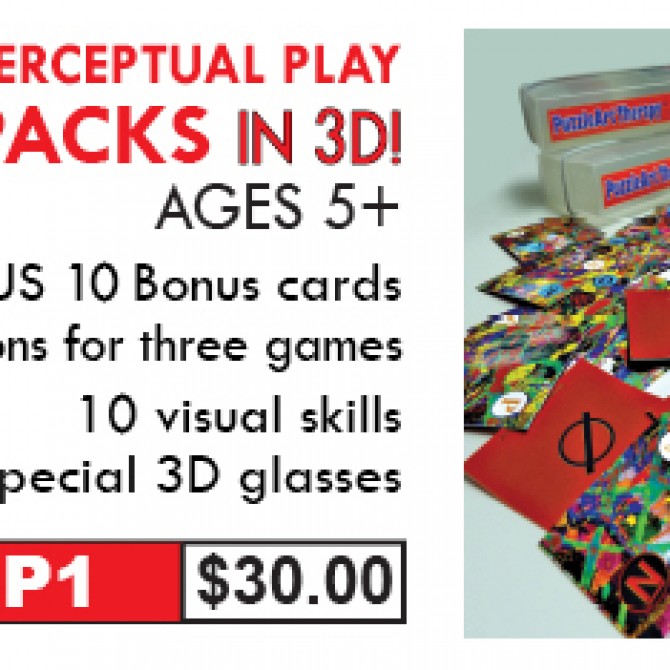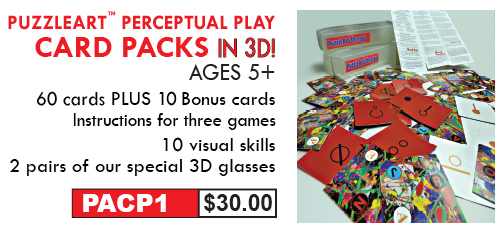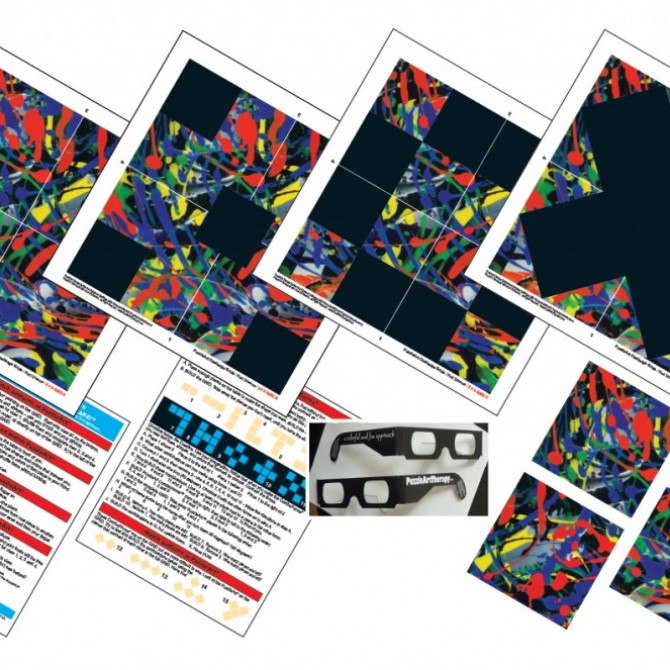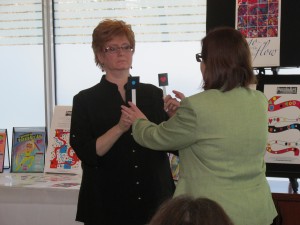Join me for PuzzleArt Therapy Live Training in New York!
Hi everyone,
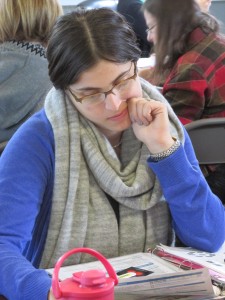 We have just four days till our next PuzzleArt Therapy Training!
We have just four days till our next PuzzleArt Therapy Training!
PuzzleArt Therapy Training Program Brochure June 8 2014
– Register Early
– Space Limited
– Six Credit Hours of Education in Our Certification Program
Held at:
Long Island Vision Care
Dr. Susan Fisher
1600 Stewart Avenue Corner
Merrick Ave Suite 108
Westbury, NY 11590
Easy Free Parking
